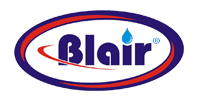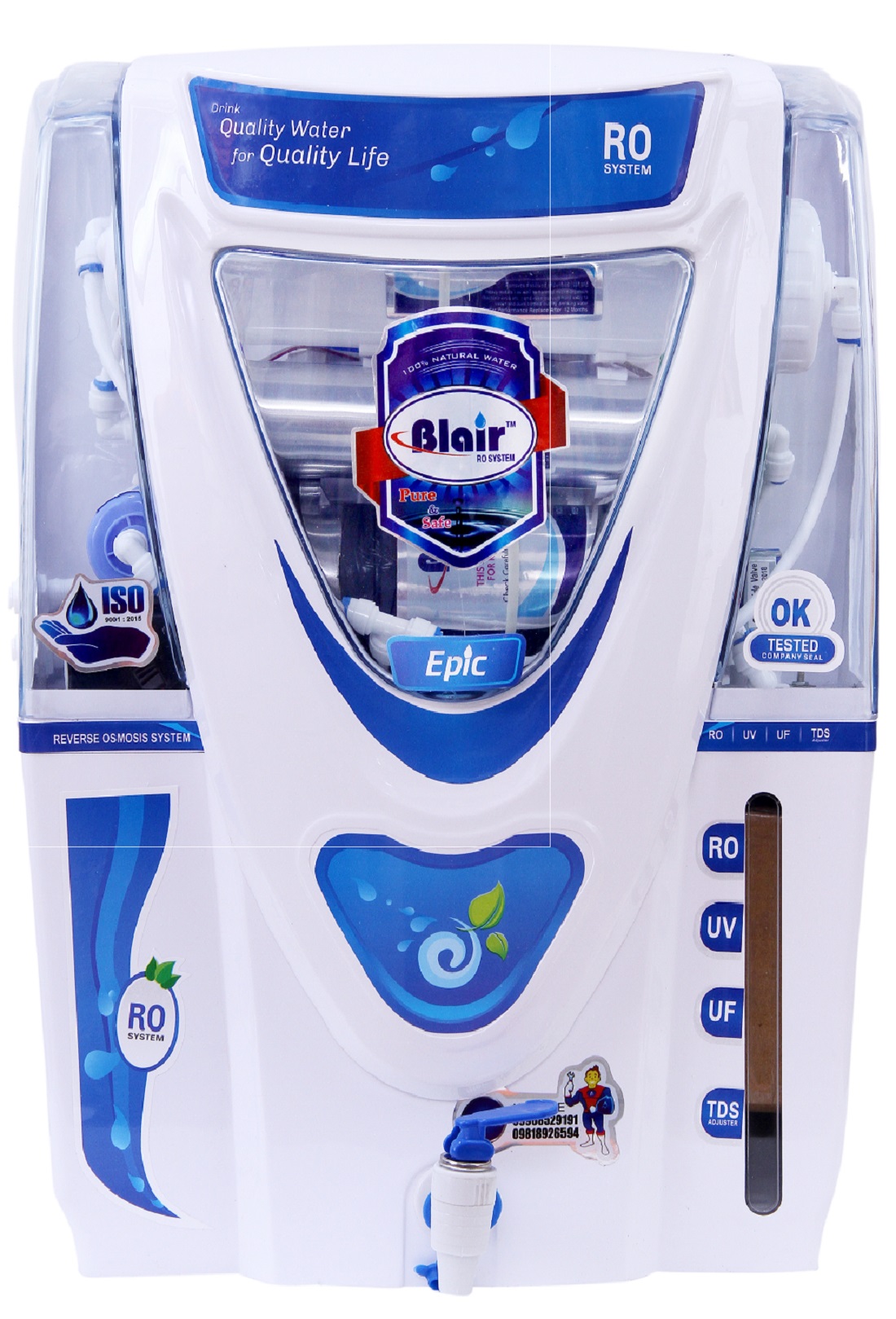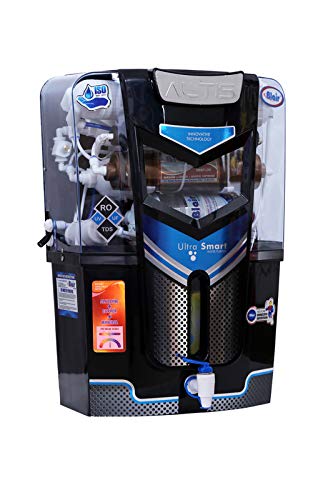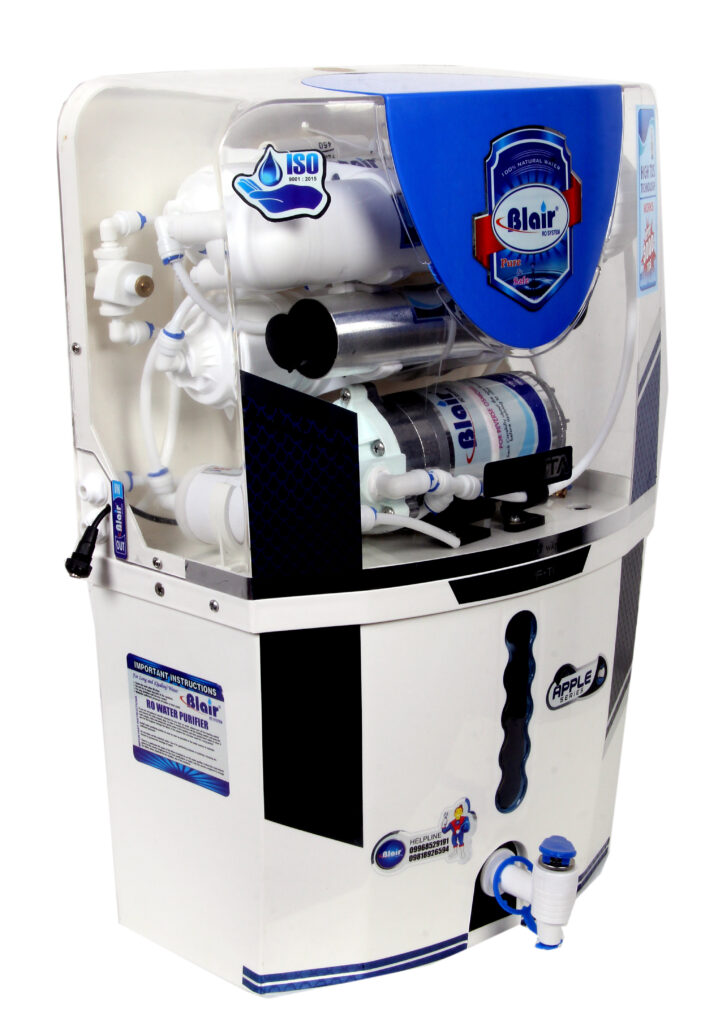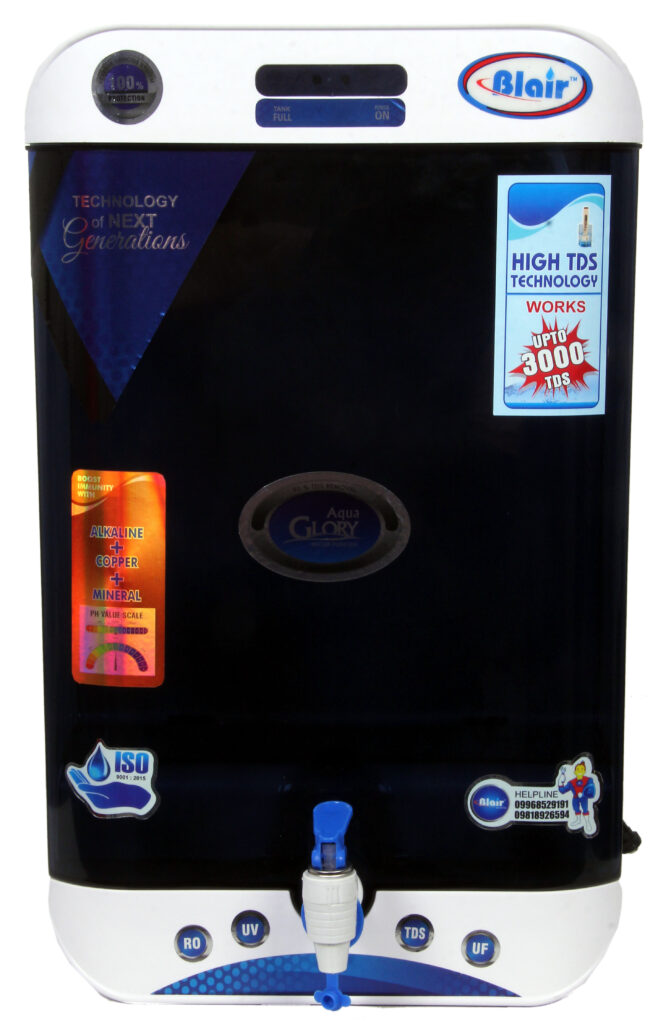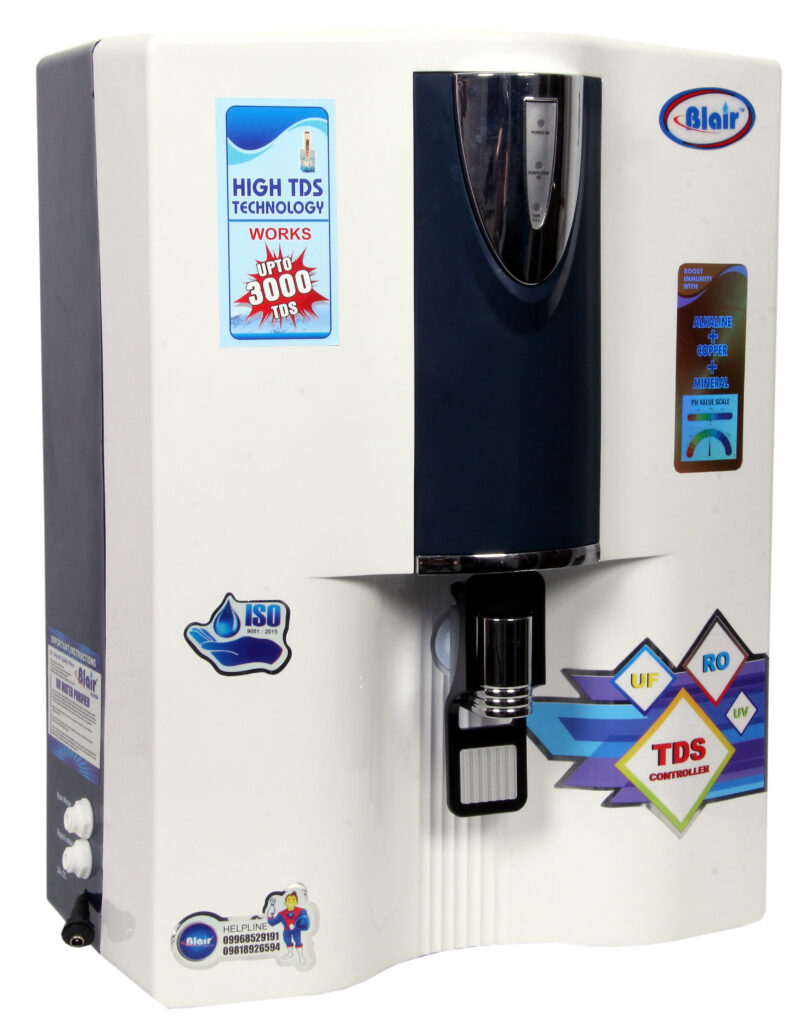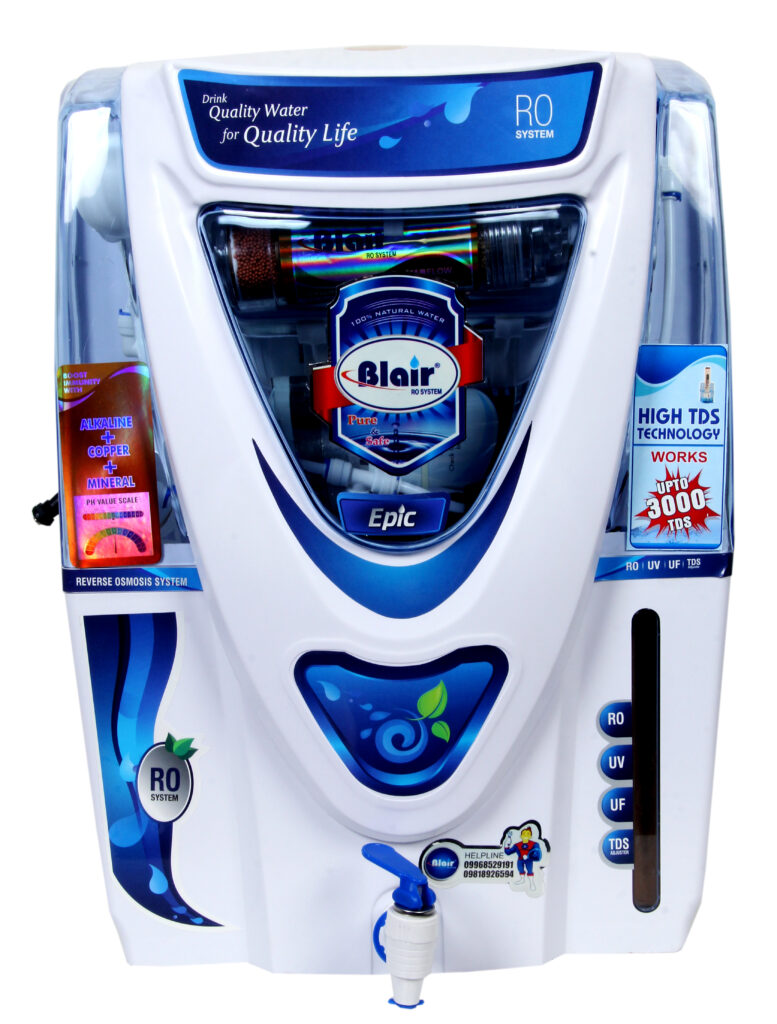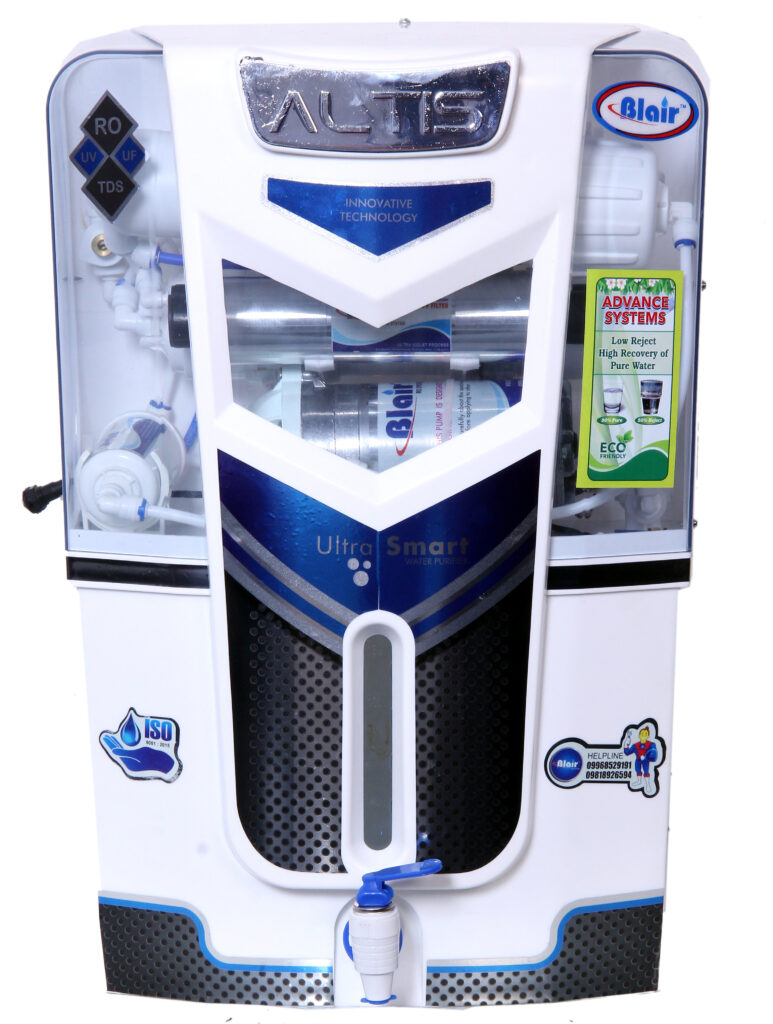Water is an essential resource for life, and ensuring its quality is crucial for maintaining good health. When it comes to water purification, you may have come across the term “TDS.” In this blog, we will delve into the world of Total Dissolved Solids (TDS) in water and explore their significance in water purification systems. Let’s unravel the mysteries surrounding TDS and understand its role in ensuring clean and safe drinking water.
“Clean water is not just life’s necessity, but a fundamental right for all.”
-Unknown
What is TDS in Water Purifier?
- Definition and composition of TDS: Total Dissolved Solids refers to the combined concentration of inorganic and organic substances present in water.
- Understanding the sources of TDS: Minerals, salts, metals, and other compounds that dissolve in water contribute to its TDS level.
Measuring TDS:
- Units of measurement: TDS is typically measured in parts per million (ppm) or milligrams per liter (mg/L).
- Importance of TDS measurements: TDS measurements help determine the overall quality and purity of water.
Significance of TDS in Water Purifiers:
- TDS as an indicator of water quality: High TDS levels can indicate the presence of impurities, contaminants, and minerals in water.
- Role of water purifiers: Water purifiers, such as reverse osmosis (RO) systems and filters, are designed to reduce the TDS level by removing dissolved solids and contaminants.
Understanding Optimal TDS Levels:
- Balancing safety and taste: Not all dissolved solids are harmful; some minerals are beneficial and contribute to water’s taste and nutritional value.
- Regional guidelines and preferences: The ideal TDS level for drinking water can vary based on guidelines and personal preferences.
Choosing the Right Water Purifier:
- Considering TDS levels in water: Different water sources have varying TDS levels, and selecting a purifier suitable for your water quality is essential.
- Types of water purifiers: RO systems, activated carbon filters, and other technologies have different capabilities in handling TDS and other contaminants.
The Pros and Cons of Low TDS Water:
- Benefits of low TDS water: Reduced risk of certain contaminants and improved taste.
- Potential drawbacks: Limited mineral content, potential demineralization concerns.
Regular Maintenance and TDS Monitoring:
- Ensuring effectiveness: Regular maintenance and monitoring of TDS levels in your water purifier help ensure its optimal performance.
- Periodic TDS testing: Occasional TDS testing of the purified water helps assess the system’s efficiency and the need for maintenance.
Conclusion:
Understanding Total Dissolved Solids (TDS) is essential for making informed decisions about water purification. While high TDS levels may indicate the presence of contaminants, not all dissolved solids are harmful. Balancing water safety, taste, and nutritional value is crucial when choosing a water purifier. Regular maintenance and periodic TDS testing can help ensure the efficiency of your water purification system. Remember, clean and safe drinking water is vital for your well-being, so make informed choices to enjoy the benefits of purified water.
Note: When installing or maintaining a water purifier, it’s always recommended to consult the manufacturer’s instructions and follow local guidelines and regulations regarding water quality.
